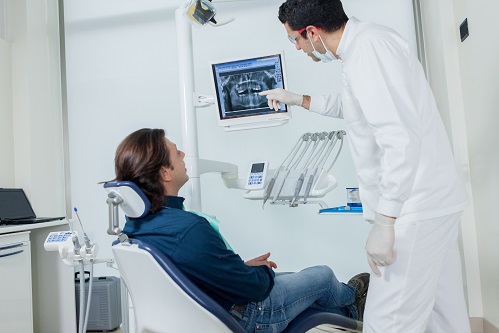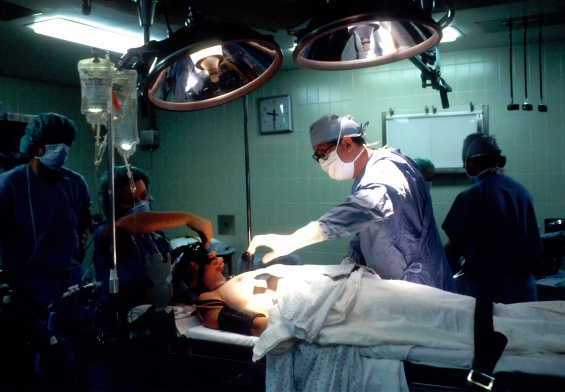As coronavirus spread around the country, dental clinics had no choice but to shut down until we got things under control. Although dental offices were used to sterilization procedures, they became even more vigilant as restrictions were lifted and practices started up again. While dentistry has evolved to a new normal in 2021, the hiatus also enabled the industry to adopt technology that will change the face of modern-day dentistry. As a result, dental practitioners will be able to offer a more streamlined, less painful experience to the patient.
Teledentistry
Many obstacles that prevented people from visiting dentists in the past are stripped away by teledentistry. People with special needs or those confined to nursing homes or living in rural areas usually had trouble visiting or finding a dentist in the past. However, teledentistry makes it possible for people to consult with dental professionals and send images for a thorough diagnosis right from the comfort of their home. It also brings down the cost of a trip to the dentist.
Clearly, the pandemic boosted the importance of providing remote care, and now medical authorities are responding. Recently, the American Dental Association issued a policy regarding teledentistry and how it can be used to offer services.
Intraoral Cameras and Scanners
For as long as we can remember, dentists have had trouble seeing inside our mouths no matter how much we open wide. The development of the intraoral camera has the power to change all that. These small, high-quality cameras can sit at the end of an oral instrument and enter one’s mouth while streaming footage to a nearby device.
Similarly, dentists now have access to intraoral scanners, which can scan a patient’s mouth and take digital impressions instead of having the patient bite into a tray filled with gel. Digital impressions have the advantage of showing the patient how their teeth will look after Invisalign, braces, or any other restorative or cosmetic dental procedure they might need.
3D Printers
3D printing technology burst onto the healthcare scene a few years ago with news of printing things like prosthetics and medicines. However, 3D printers became even more prominent during the Covid-19 pandemic due to their ability to meet hospital needs while bypassing traditional supply chains.
This technology also has big implications for the future of dental care procedures. In the past, dental offices needed to send impressions to a lab to build dentures or crowns. With 3D printing, a dentist can create crowns or dentures right in the office. Not only does this technology reduce the time involved, but it is also less costly than using a lab.
Regenerative Dentistry
Although this technology may still be a few years from hitting the market, it has enormous potential to change how we treat damaged teeth. Instead of accepting that our teeth will fall out with age and need replacing, regenerative dentistry promotes ways for teeth to heal themselves.
Researchers at the University of Nottingham and Harvard University created dental fillings that allow the tooth to heal itself. If patients can basically regrow damaged teeth, it could eliminate the need for root canals and expensive prostheses.
Robotic Surgery
With advancements in the field of artificial intelligence, we now have robots that can carry out dental procedures such as cleaning or extracting teeth or filling cavities. While we don’t expect robots to replace dentists anytime soon, they can guide a surgeon during dental implant procedures with greater accuracy and precision, thereby improving success rates. For this reason, robotics should become an important part of more complex dental procedures in the years to come.
As the industry embraces newer technology, expect huge changes in oral healthcare and in the ways that patients take care of themselves. Not only will advances such as 3D printing and robotics transform the industry, but they also have the power to change our attitude towards oral care in the future.




